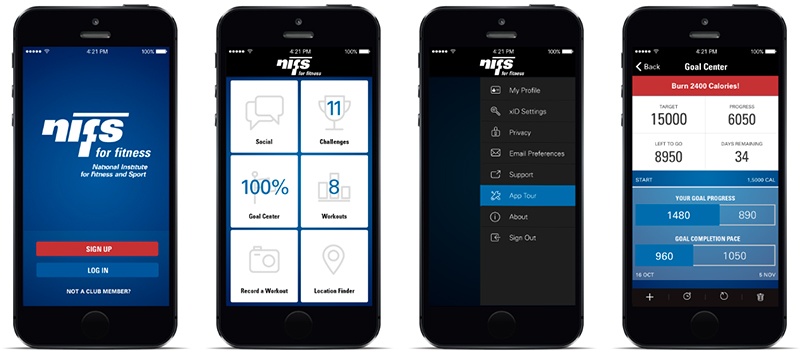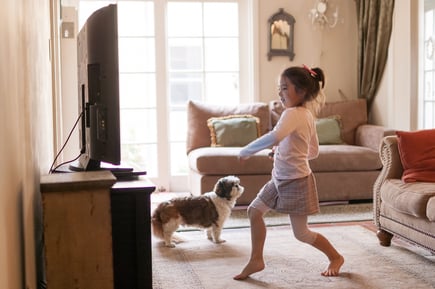 We all know that physical fitness and wellness are prerequisites for a productive and healthy life. Exercise is good not only for the body, but for the mind as well. We want to ensure a future full of great experiences. For one population, our children, participating in physical activity may be becoming more and more challenging, whether it be from lack of interest, lack of support, or lack of funding for programs in their community. One area in which this population excels, however, is technology. Without a doubt, smartphone technology is a part of our current culture and most likely will be for a long time. For some older people, this might be a newer concept. At the moment, though, ensuring the future of physical fitness for the next generation will need to coexist with technology.
We all know that physical fitness and wellness are prerequisites for a productive and healthy life. Exercise is good not only for the body, but for the mind as well. We want to ensure a future full of great experiences. For one population, our children, participating in physical activity may be becoming more and more challenging, whether it be from lack of interest, lack of support, or lack of funding for programs in their community. One area in which this population excels, however, is technology. Without a doubt, smartphone technology is a part of our current culture and most likely will be for a long time. For some older people, this might be a newer concept. At the moment, though, ensuring the future of physical fitness for the next generation will need to coexist with technology.
Can Exercise and Technology Coexist?
Being somewhat skeptical of the coexistence of exercise and technology, I, like some people, associate the latter with inactivity and laziness. In the past, this might have been the case; however, a new generation of technology is now capable of training children to be more active while using technology. This was evident with the evolution of video game technology such as Wii Sports and Microsoft Kinect games.
The next evolution, naturally, moved to smartphones. Nearly every person has a smartphone and spends hours and hours per week staring at their screens. Then apps were developed, and have built a new outlet for fitness that not only utilizes the strengths (technology) but the interests (fun and leisure) that really entice children to exercise without even thinking about it.
Smartphone Technology That Gets People Moving
Here are some examples where smartphone technology is positively impacting people’s lives with exercise (source: Wezift.com).
- Pokémon GO: Users use an interactive app to walk to Pokémon sites. At that point, a virtual battle ensues. Afterward, the user tries to find the next real-world location for the next battle. Sometimes these sites are common areas where likeminded individuals can meet up and battle with friends. It encourages walking, a proven method of burning calories and promoting a healthy lifestyle.
- NFL Play 60: The National Football League’s app, geared toward fighting childhood obesity through activity, specifically 60 minutes per day. NFL players get involved and help inspire the youth to be physically fit.
- Kids Fitness—Daily Yoga: This app is geared toward the benefits of yoga, teaching children 10 basic poses and movements. This free app helps kids understand the foundational concepts of yoga.
Find the Exercise That Keeps You Engaged
Getting involved with exercise can come in many forms. There are thousands of ways to exercise with thousands of plans. The best one, however, depends on you. What will you do to exercise and keep exercising for a lifetime? That, my friends, is the best exercise in the world. Keep your eyes open for new ideas and concepts as the fitness world is ever-changing. At NIFS, we are dedicated to making sure you are connected with our staff through all forms of social media. Connect with a NIFS Health Fitness Professional to get started on your fitness journey today! Until next time, muscleheads rejoice and evolve!
This blog was written by Thomas Livengood, NIFS Health Fitness Instructor and Personal Trainer. To learn more about the NIFS bloggers, click here.


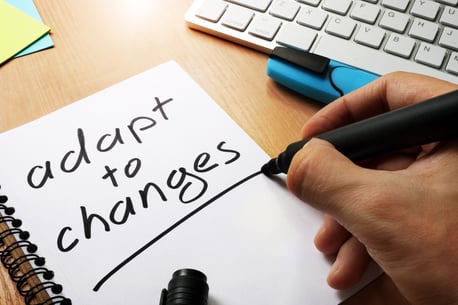 Daily, life provides countless learning opportunities that, if processed properly, can make us strong individuals capable of accomplishing extraordinary things. Some lessons stem from positive experiences in our lives, but I think the strongest lessons are derived from strife, hardship, and even failure. These lessons can hurt, and you can either live in the pain or learn from it. We are currently living a life full of learning opportunities that have and will continue to test our ability to grow.
Daily, life provides countless learning opportunities that, if processed properly, can make us strong individuals capable of accomplishing extraordinary things. Some lessons stem from positive experiences in our lives, but I think the strongest lessons are derived from strife, hardship, and even failure. These lessons can hurt, and you can either live in the pain or learn from it. We are currently living a life full of learning opportunities that have and will continue to test our ability to grow.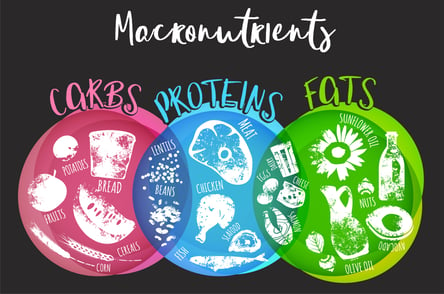 A diet that is balanced in its macronutrient distribution can help reduce the risk of disease and help with lasting weight loss. You might have heard of others tracking their “macros” and wondered if this is something that you need to do. So, why and how do you do this tracking?
A diet that is balanced in its macronutrient distribution can help reduce the risk of disease and help with lasting weight loss. You might have heard of others tracking their “macros” and wondered if this is something that you need to do. So, why and how do you do this tracking? Think for a minute. When was the last time you intended to go to bed early only to “check your feed” one last time, then suddenly—BAM!—you have lost 30 minutes to Facebook? Or when you were talking with a friend only to be distracted by the all-too-familiar “bing” of your phone alerting you to a new message that you just had to peek at?
Think for a minute. When was the last time you intended to go to bed early only to “check your feed” one last time, then suddenly—BAM!—you have lost 30 minutes to Facebook? Or when you were talking with a friend only to be distracted by the all-too-familiar “bing” of your phone alerting you to a new message that you just had to peek at?
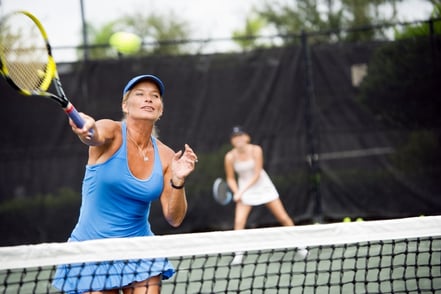 We exercise many ways every day, many times unknowingly. Sometimes this is because we actually enjoy doing it and it doesn’t seem like work to us. As the old saying goes, “time flies when you’re having fun.” One requirement for a lifetime activity, though, is that it most often needs to be something you can do from the time you stop wearing diapers until the time you start wearing diapers again. The ideas I like to explore can include fitness, but also non-exercise–based activities.
We exercise many ways every day, many times unknowingly. Sometimes this is because we actually enjoy doing it and it doesn’t seem like work to us. As the old saying goes, “time flies when you’re having fun.” One requirement for a lifetime activity, though, is that it most often needs to be something you can do from the time you stop wearing diapers until the time you start wearing diapers again. The ideas I like to explore can include fitness, but also non-exercise–based activities.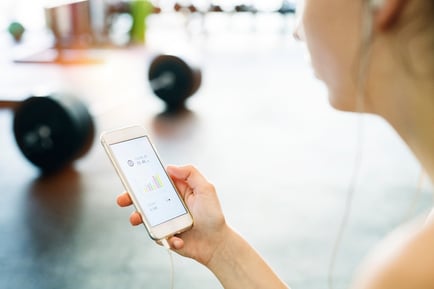 Technology can be incredibly
Technology can be incredibly 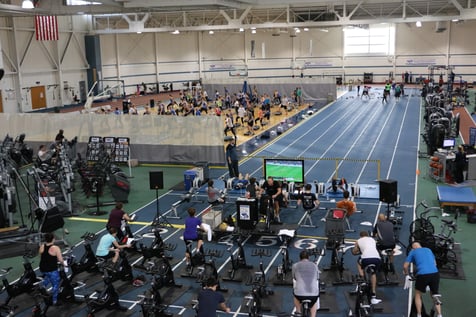 I have been in a gym environment of some kind for the majority of my life, first as a student athlete through adulthood and now as my profession. There really hasn’t been a time in my life when I haven’t been a part of the gym culture. There is a reason for that: I LOVE IT! I love to move, push myself beyond perceived limits, see successes, be around likeminded people, and witness amazing transformations and feats of strength. There is nothing like it, and I have done a great deal of growing up in a gym, and now it is my livelihood, literally.
I have been in a gym environment of some kind for the majority of my life, first as a student athlete through adulthood and now as my profession. There really hasn’t been a time in my life when I haven’t been a part of the gym culture. There is a reason for that: I LOVE IT! I love to move, push myself beyond perceived limits, see successes, be around likeminded people, and witness amazing transformations and feats of strength. There is nothing like it, and I have done a great deal of growing up in a gym, and now it is my livelihood, literally. After the feasting season (Halloween to Christmas) comes the New Year, and for a lot of people this means a resolution. Most people make resolutions to start weight loss, work out more, eat better, and so on; but typically it is some sort of goal to start off the New Year on a healthier note. If you are hoping to have a healthier year, I have some suggestions that will help jump-start your January.
After the feasting season (Halloween to Christmas) comes the New Year, and for a lot of people this means a resolution. Most people make resolutions to start weight loss, work out more, eat better, and so on; but typically it is some sort of goal to start off the New Year on a healthier note. If you are hoping to have a healthier year, I have some suggestions that will help jump-start your January.
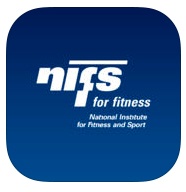 Maybe you have found your favorite app to log your workouts, whatever that may be; using a phone makes it so much easier than logging it into a notebook. If you haven’t taken time, download the NIFS app and enjoy many benefits aside from the ones that are listed above. Some of those include: using your phone to scan in at the desk, monthly challenges with great prizes, setting goals, logging workouts, utilizing deals and finding out extra things that may be going on at NIFS, and receive push notifications for important updates!
Maybe you have found your favorite app to log your workouts, whatever that may be; using a phone makes it so much easier than logging it into a notebook. If you haven’t taken time, download the NIFS app and enjoy many benefits aside from the ones that are listed above. Some of those include: using your phone to scan in at the desk, monthly challenges with great prizes, setting goals, logging workouts, utilizing deals and finding out extra things that may be going on at NIFS, and receive push notifications for important updates!